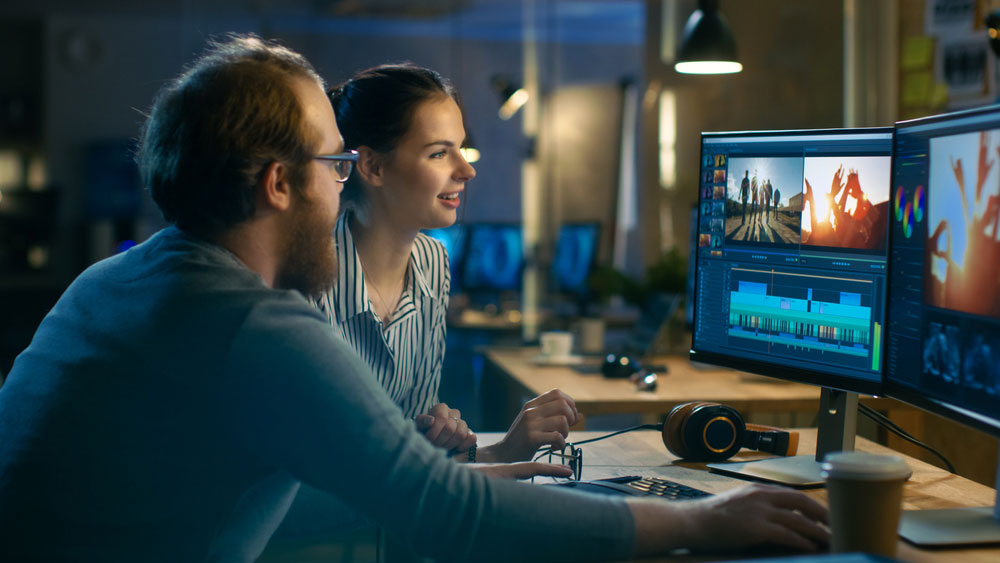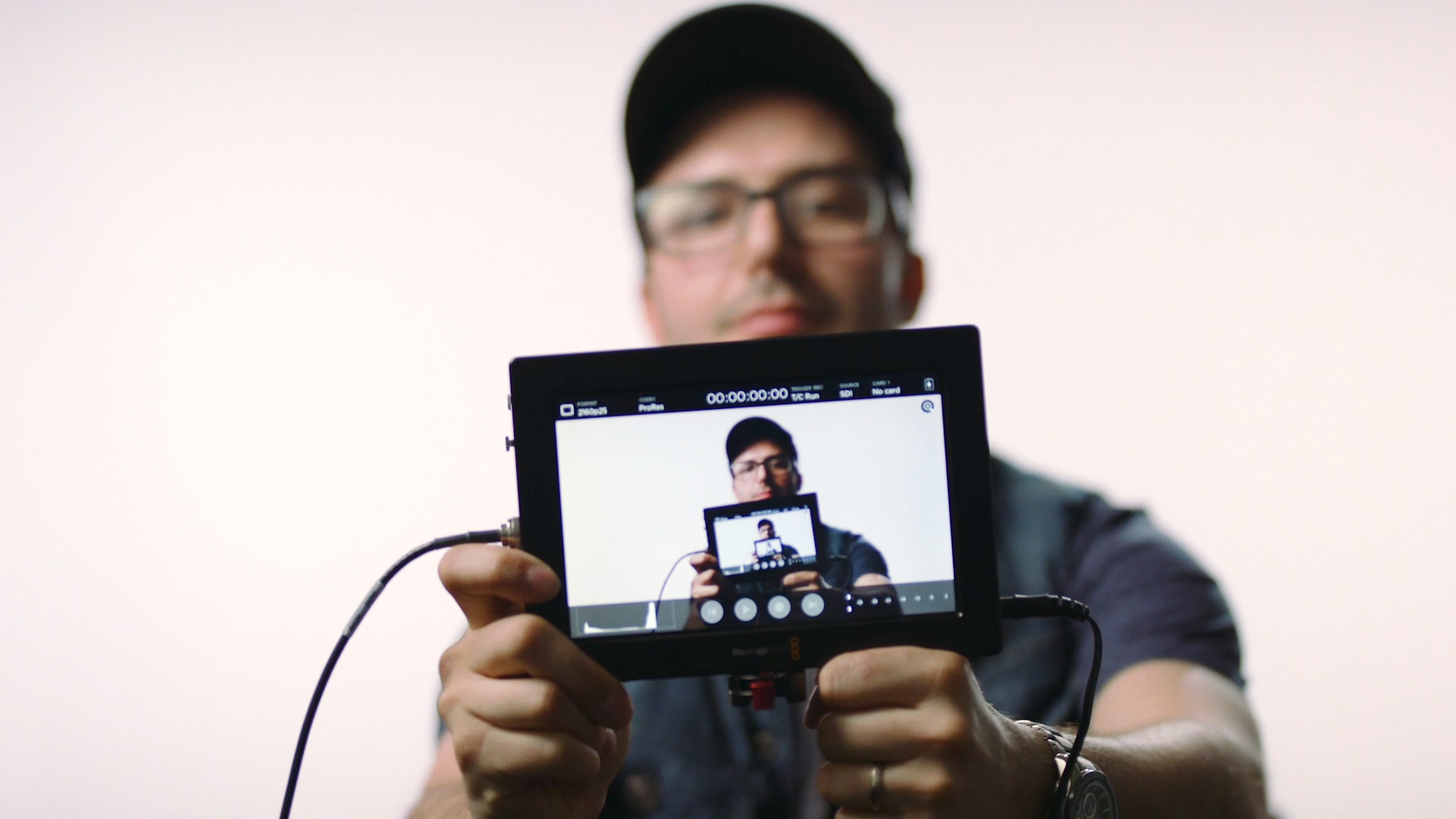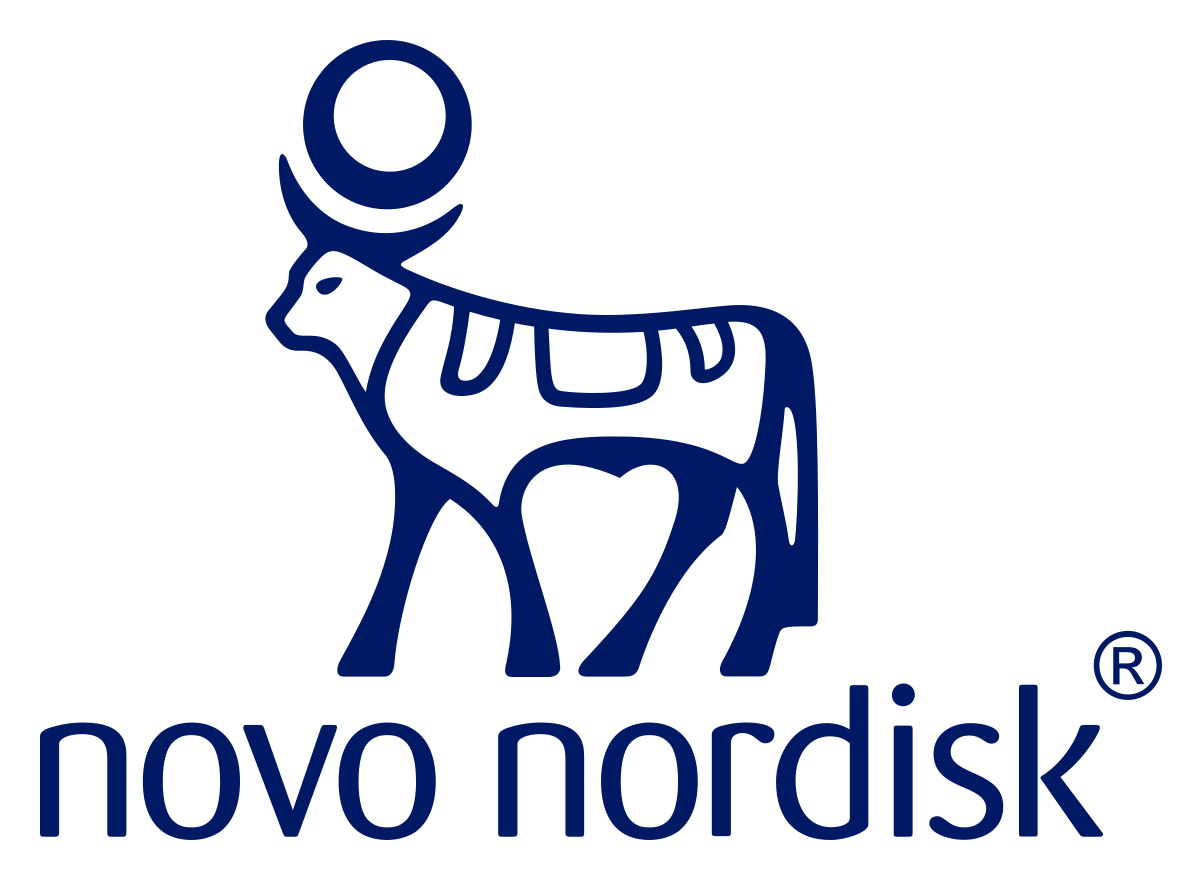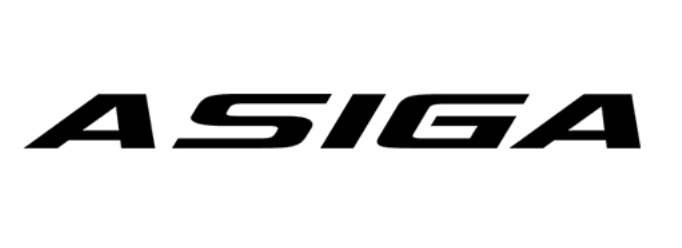Video Editing


The ANGRYchair Editor and You
When creating content, our editors are working with your creative brief in mind. Custom tailoring the finished product to meet your brand objectives while choosing the best visuals to complement that messaging. Your input helps set the parameters and they take care of the heavy lifting.
If you’re the type of person that likes to be more hands on with the creative process, our editors welcome more detailed guidance to ensure they are meeting your vision. They’re also always happy to have you sit in on an edit session to collaborate in person.
What Does an Editor Do?
Simply put, editing is the process of assembling a series of assets: video, photos, titles, music, etc., into a cohesive finished product. But it’s really so much more than that.
Our editors are storytellers. No matter what style of content is being created, there’s always a story being told. They create a visual and audible journey for the viewer to experience that story. Great editing should engage and connect with a viewer. Allow them to get lost in a video. That’s what our editors strive for.


The First Draft
Before you even see the first draft, our editors are putting on the best polish to your video. They’re doing a preliminary colour grade, mixing the audio, designing the titles and refining any animations. Their aim is to not leave you guessing as to what something will look like. They’re showing you an honest representation of the finished product with that first draft.1
Our editors know that videos are very much a subjective experience. They know and anticipate that you may want changes to that first draft and that you may want to do something a little differently. Their feelings won’t get hurt. Our editors welcome your feedback because they want to give you the video that you want. A word of warning though – they’ve been known to nail it at times with that first draft.
A bit of extra ‘light reading’…
The Evolution of Video Editing
In the Beginning, all Edits were Linear
Once upon a time, video editing was a severely limited, tedious and expensive process. A finished video had to be assembled in a linear fashion, shot by shot in sequential order. That meant extensive screening and planning was required before the first shot was put down on tape. That’s right, it all went straight to tape. If someone wanted to change a shot in the middle of a completed draft, they’d count themselves lucky if they could just insert a fix. Otherwise they’d have to go back, change the shot and reassemble the remainder of the edit.
Everything had to happen in real-time. There were no shortcuts. Wanted to do a cool picture in picture effect with animated titles popping up on screen? You had to build that one layer at a time. Meticulously planning each pass because the slightest miscalculation could mean having to start over.
Creating a professional-looking video involved expensive equipment and the hourly rate in an edit facility reflected that cost. A day of editing could cost thousands of dollars. There was more affordable hardware on the market for the hobbyist and low budget crowd but that equipment came with compromises. Such as a lack of frame-accurate edits.
William Warner and the NLE
In 1989, an engineer named William Warner released the first non linear editing system (NLE). The software based editing system, designed and developed by Warner and his team, transformed the way movies, television and video content in general was edited and has won a Grammy, 16 Emmys and 2 Oscars.
A hobby filmmaker, Warner had long wanted an alternative to the confines of linear editing. His invention removed all of the creative barriers from the linear world. An editor no longer assembled to tape. They built their videos within a digital timeline. All their source material was preloaded into the computer and available at their fingertips. They could now make changes any time, anywhere in a program with ease. Without sacrificing all the other work they had done to that point. They could experiment with different ideas with a few clicks of a mouse and store them away for future access.
A new standard in content creation was set. Spontaneous creativity was now feasible. What normally would have taken hours to complete now took a fraction of the time. And as computers evolved to become more powerful and more affordable, editing became more accessible to a broader user base.
Fast forward 30 years to today and one can see the incredible impact this technology has made in the world. For businesses, video is now one of the most effective elements in digital marketing. It’s become a necessity for so many companies. Sites like You Tube and Vimeo feature a wide array of user generated content that attracts, entertains and informs millions of viewers. Content creators on those sites have gone on to have prolific careers in film, music and television based on the videos they initially edited from a home computer.
Today, a boutique production company such as ANGRYchair uses the same content creation tools that are used to create a big budget feature film. The exception being that you don’t need a Hollywood budget for us to create a great looking video for you.








